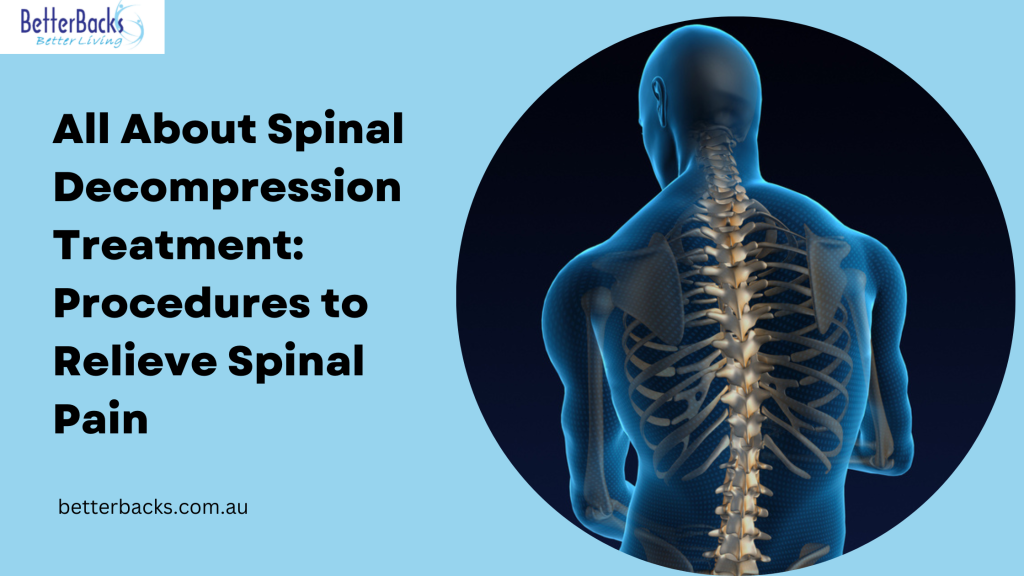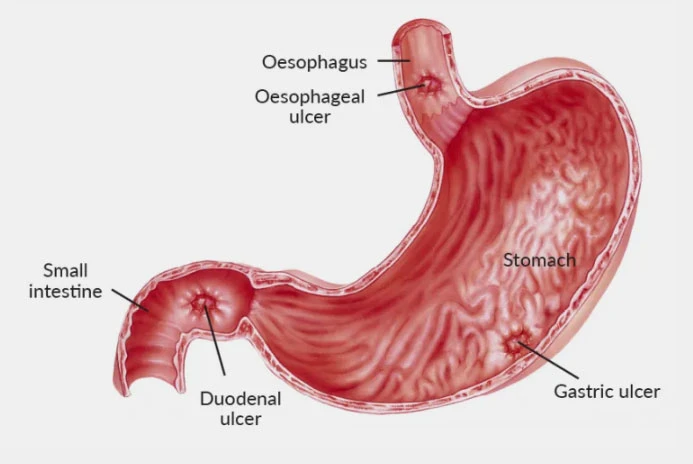Constant back pain is a growing issue in people, and it can lead to further stress if not treated properly. While many people get relieved from the spinal pain with time, some of them face it for a longer duration.
In such cases, you can seek help from your healthcare expert about going for spinal decompression treatment. The therapy offers different benefits with the use of various procedures discussed in this blog. So, let’s dig deeper into how spinal decompression works and whether it is safe for you to go for it.
How Does Spinal Decompression Treatment Work?
Spinal decompression treatment works by gently stretching the spine using mechanical devices. Thus, it reduces pressure on the nerve roots and spinal discs to alleviate pain. As a result, it may help treat conditions such as degenerative discs, bulging discs, pinched nerves, spinal stenosis, and sciatica.
The stretching also helps improve the motion of oxygen, water, and vital nutrients into your discs for faster relief. It is conducted individually in sessions that typically last for around 20-45 minutes.
Patients typically feel a gentle stretching sensation during the treatment. Although spinal decompression might be an effective therapy for some individuals, you can have varied results based on your situation. So, you can consult a Chiropractor in Parramatta to understand whether the treatment is suitable for your condition or not.
What are the Different Types of Spinal Decompression Treatments?
Before you go for spinal decompression therapy, it is important to know about its two types, surgical and non-surgical. Let’s understand each of these in detail.
What is Non-Surgical Spinal Decompression?
Non-surgical spinal decompression doesn’t require surgery or anaesthesia to treat a patient. A few therapies, such as over-the-counter or prescription ice packs, pain medicine, and heating pads, can be performed at home. Other treatments are done by an expert therapist, which include:
- Chiropractic care: A chiropractor treats the patient with spinal manipulation using chiropractic adjustment to help realign bones and alleviate pain.
- Physical therapy: Physical therapists provide suitable exercises for individuals to enhance their overall spinal functioning.
- Acupuncture: Spinal pain may be alleviated through acupuncture, which involves putting thin needles into the body to release certain chemicals that reduce pain.
- Traction: A chiropractor may perform traction, which involves a table stretching your spine. This is sometimes also done on an inversion table.
What is Surgical Spinal Decompression?
Surgical spinal decompression comprises a broad category of surgical treatments to reduce spinal pain and pressure. However, this is taken as a last resort if other methods fail to work. A healthcare professional may suggest it to treat bony growths, ruptured or bulging discs, or other spinal issues.
Other common spinal decompression surgeries are as follows.
- Discectomy: In this procedure, a part of one of the spinal discs is removed to relieve pressure from the nerve.
- Laminotomy or Laminectomy: Through this procedure, a surgeon removes a part of the bony arch in the spine or the entire arch to ease pressure.
- Corpectomy: In this surgery, some vertebral parts, along with the discs between vertebrae, are removed if required.
- Spinal fusion: Spinal fusion is a procedure to connect two or more vertebrae to negate the chances of movement between them and alleviate pain.
- Foraminotomy: This procedure helps widen the region near a nerve root in the spinal column to create space and promote pain relief.
Is it Safe to go for Spinal Decompression Therapy?
Any treatment has a potential risk or a side effect that must be considered before going for it. The safety of spinal decompression therapy depends on many factors. Still, it can be an effective option for many individuals. If your condition requires you to take spinal decompression therapy, ensure that you receive the treatment from an experienced professional. You can find an expert Chiropractor in Parramatta who can give you the required treatment for your condition.
It would be best if you considered the following to make an informed decision:
- Before undergoing the treatment, whether surgical or non-surgical, it is advisable to consult a certified expert. They will analyse your condition and other factors to determine whether you can proceed with the therapy.
- You must show the chiropractor a medical history of any past surgeries that might hinder the safety of your treatment. Based on that, they can share your therapy’s suitability and chances of success.
- Before proceeding with the treatment, your therapist must explain the entire procedure and potential risks to you. This will help you remain clear about the process, its benefits and give your consent.
- Although many people see an improvement and relief from pain, you may have different results depending on your condition. So, ensure that you set realistic expectations about the outcome of your procedure.
- Based on your situation, you may be required to take alternative treatments that can help you. Your chiropractor will discuss these options with you so that you can make an informed decision.
- Your therapist must assess your progress on a regular basis and make the needed modifications to your treatment plan. It is important to have open communication if you notice a change or improvement in your symptoms.
The Final Words
The scope of spinal decompression offers a non-invasive and holistic approach to mitigate spinal problems. It aligns with the more significant trend of alternative therapies and personalised healthcare.
So, spinal decompression treatment might be a promising option for individuals, especially those seeking non-surgical solutions. However, you may also opt for the surgical procedure based on your case. It doesn’t just alleviate pain but also helps enhance the functionality of the spine with improved healing.
Although there are many benefits of this therapy, it is vital to make proper considerations discussed above before making a decision. Consulting a certified necessary chiropractor or therapist is required to know which treatment aligns with you and get a suitable solution to heal your spinal issues.
James Martin is a passionate writer and the founder of OnTimeMagazines & EastLifePro. He loves to write principally about technology trends. He loves to share his opinion on what’s happening in tech around the world.



